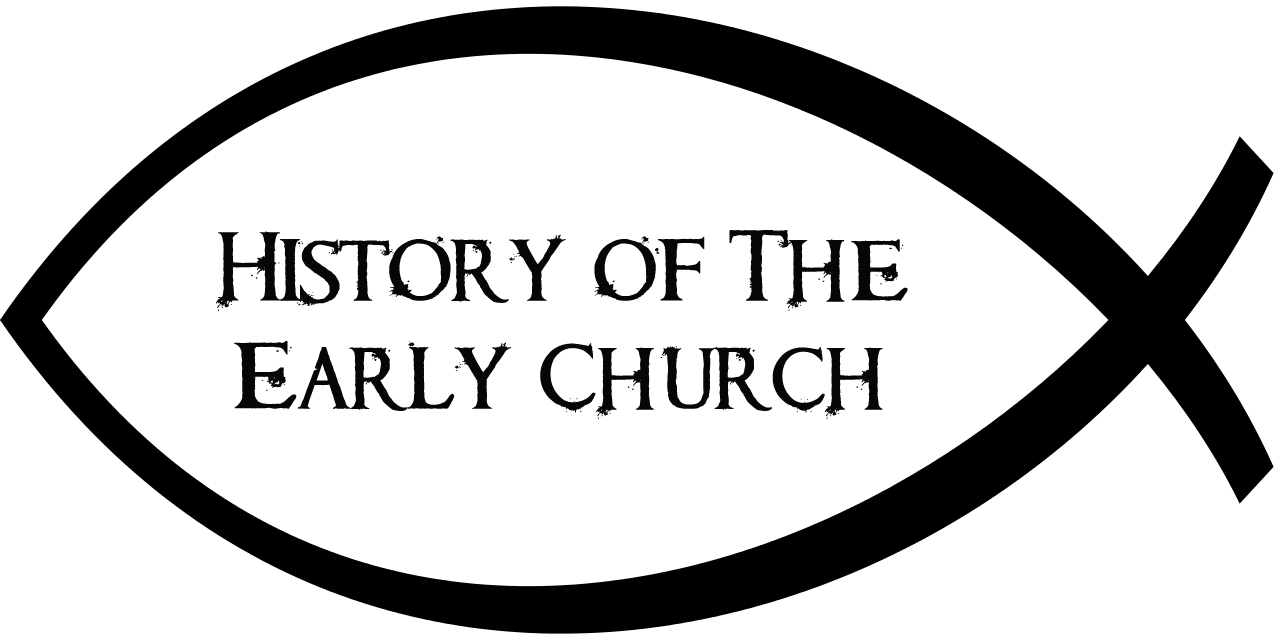Cyprian wrote an extensive collection of letters during a difficult and intense time of persecution of the early church. Therefore, his letters contain invaluable insight into the structure of the church during the mid-3rd century.
Cyprian’s Conversion
The details of Cyprian’s early life remain obscure. He was probably born around 200 A.D. to wealthy parents. He received a high education for the profession of a rhetorician. Before his conversion, he was a leading member of a legal fraternity in Carthage.
Cyprian became close friends with a presbyter named Cæcilius. This friend led Cyprian to his conversion and baptism around the year 246 A.D. At his baptism he took the name Cæcilius, as part of his own name in honor of his friend. Afterwards he devoted his energy to the study and practice of Christianity.
The church in Carthage ordained Cyprian as bishop rapidly following his conversion. He was resistant to take the position, and the elder presbyters objected greatly. However, because of overwhelming public insistence he accepted the office of Bishop of Carthage (A.D. 248). He held this position until his martyrdom (A.D. 258).
Persecution Under Decian
Around the year 250 A.D. the entire church was put to an undesired test. The Emperor Decian issued an edict that sacrifices be made throughout the empire, to strengthen the state and religion of Rome. The persecution of Christians was especially severe in Carthage. Cyprian decided to go into hiding to avoid execution. Many Christians fell during the persecution. They got the name Lapsi (the fallen). The Lapsi got signed statements saying they had sacrificed to the Roman gods. In some cases, the Christians actually did sacrifice. Cyprian found these compromises cowardly and insisted on repentance before allowing the Lapsi re-admittance to the church. However, since Cyprian was absent other elders began re-admitting Christians to communion without public repentance.
A schism broke out in Carthage. The laxest Christians and elders who defended them were trying to block measures taken by Cyprian in his absence. After fourteen months Cyprian returned to Carthage. He convoked a council of North African bishops at Carthage to consider the treatment of the lapsed. Cyprian took a middle course between the followers of Novatus of Carthage who were in favor of welcoming back all with little or no penance, and Novatian of Rome who would not allow any of those who had lapsed to be reconciled. The council in the main sided with Cyprian.
Cyprian’s death under Valerian
At the end of 256 another persecution broke out under Emperor Valerian. Cyprian prepared his people for the persecution through his writing De exhortatione martyrii. Cyprian set an example of faithfulness to God before the Roman proconsul. He refused to sacrifice to the pagan deities and immovably professed Christ. As a result the Romans banished him to the town of Korba, ancient Curubis. From there he wrote to encourage his flock. He lived as a prisoner in his own villa.
On September 14, 258 A.D. Galerius Maximus interrogated Cyprian publicly. The Romans took Cyprian to the place of execution directly after examination. A vast multitude followed Cyprian on his last journey. He removed his garments without assistance, knelt down, and prayed. After he blindfolded himself, he was beheaded by the sword. Christians buried his body near the place of execution.
-Information based on writings of Philip Schaff


